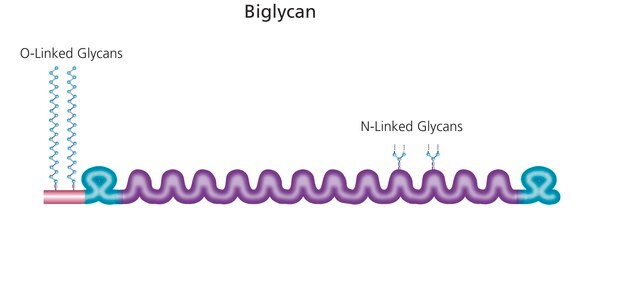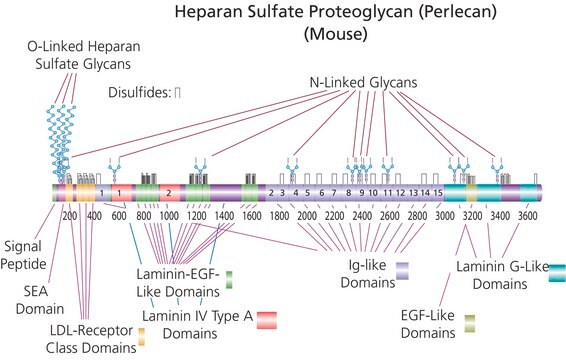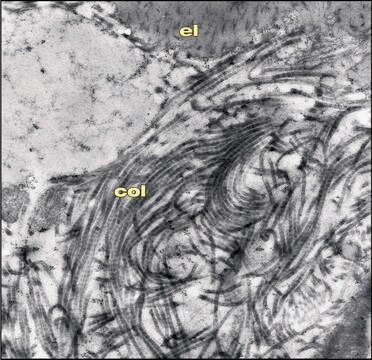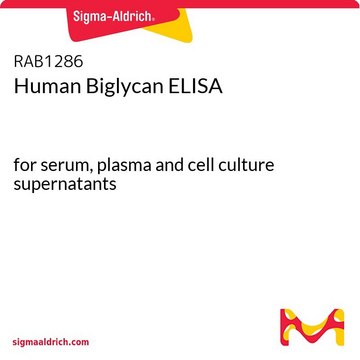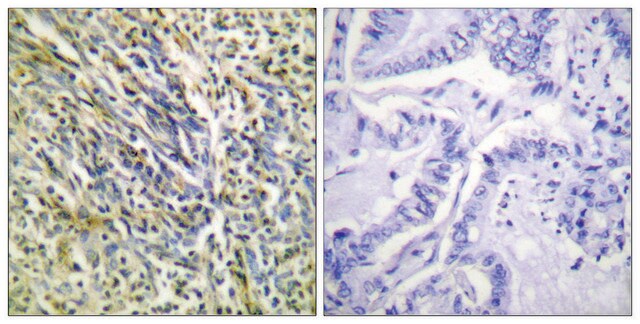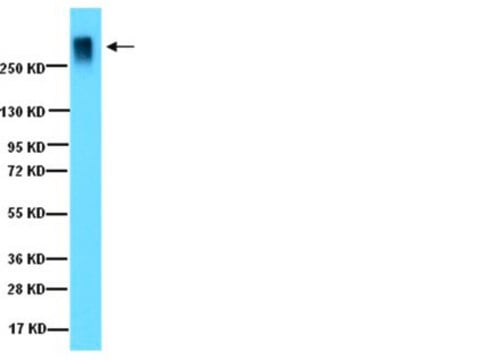A1960
Aggrecan from bovine articular cartilage
lyophilized powder
Synonym(s):
Aggrecan Protein
About This Item
Recommended Products
biological source
bovine articular cartilage
Quality Level
form
lyophilized powder
packaging
glass bottle of 1 mg
technique(s)
cell culture | mammalian: suitable
impurities
salt, essentially free
color
white
solubility
H2O: 2 mg/mL
UniProt accession no.
shipped in
wet ice
storage temp.
−20°C
Gene Information
cow ... AGC1(280985)
Application
Biochem/physiol Actions
Components
Caution
Preparation Note
Storage Class
11 - Combustible Solids
wgk_germany
WGK 3
flash_point_f
Not applicable
flash_point_c
Not applicable
ppe
Eyeshields, Gloves, type N95 (US)
Certificates of Analysis (COA)
Search for Certificates of Analysis (COA) by entering the products Lot/Batch Number. Lot and Batch Numbers can be found on a product’s label following the words ‘Lot’ or ‘Batch’.
Already Own This Product?
Find documentation for the products that you have recently purchased in the Document Library.
Customers Also Viewed
Articles
There are five identified glycosaminoglycan chains (see Figure 1): Hyaluronan is not sulfated, but the other glycosaminoglycan chains contain sulfate substituents at various positions of the chain.
Glycosaminoglycans are large linear polysaccharides constructed of repeating disaccharide units.
Our team of scientists has experience in all areas of research including Life Science, Material Science, Chemical Synthesis, Chromatography, Analytical and many others.
Contact Technical Service
